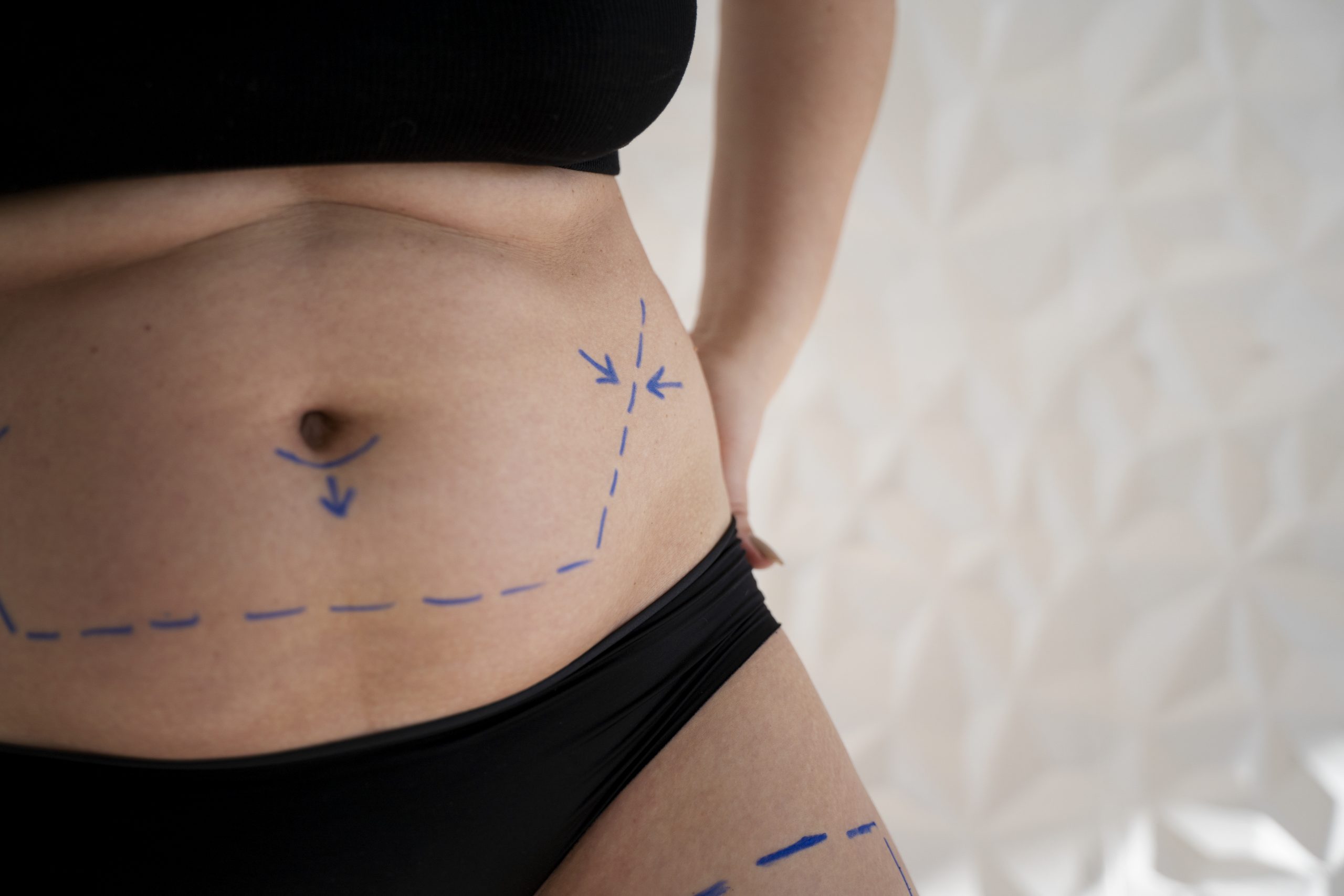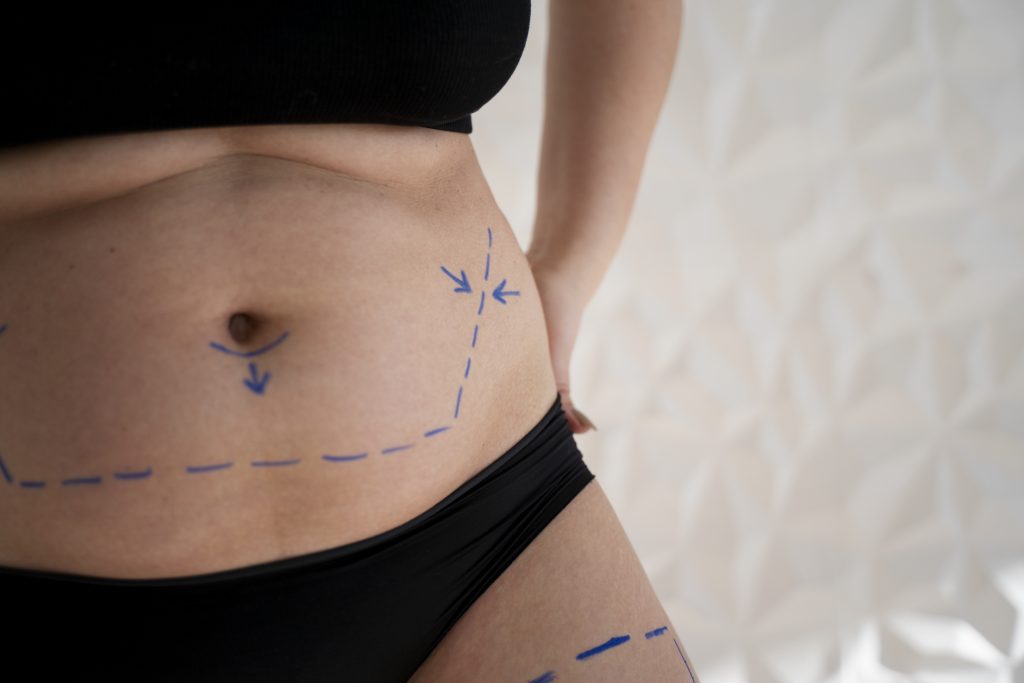Liposuction: Everything you need to know
The search for a more sculpted physical shape and more defined contours has led many people to consider aesthetic procedures such as liposuction. This is a popular procedure that has gained the trust of those looking for an effective solution for removing localized fat deposits. In this article, we’ll explore everything you need to know about liposuction.
Liposuction is a surgical procedure designed to remove persistent fat deposits that do not respond adequately to diet and exercise. Using advanced techniques, surgeons specializing in plastic surgery can sculpt specific areas of the body, providing smoother, more attractive contours.
How does the procedure work?
During liposuction, small incisions are made in the area to be treated, and a thin tube, known as a cannula, is inserted to suction out the fat cells. Modern liposuction techniques guarantee safer procedures and more precise results, minimizing post-operative discomfort.
What are the Common Areas of Treatment?
Liposuction can be performed on several areas of the body, including the abdomen, thighs, hips, arms and chin. This versatility makes the procedure an attractive option for those looking to improve the appearance of specific areas.
Recovery and Post-Operative Care
After liposuction, it is essential to follow medical instructions to ensure a smooth recovery and lasting results. Swelling and bruising are common in the first few days, but these symptoms tend to gradually subside. The use of compression garments and the practice of adequate care are essential to optimize results.
Remember: When considering liposuction, it is crucial to choose qualified professionals, ensuring a smooth recovery and long-lasting results. Whatever area of the body you want to transform, liposuction represents an opportunity to gain confidence and satisfaction with your physical appearance.
*This content is for informational and educational purposes only and is not intended to serve as medical advice or as a substitute for a consultation with a trained physician or surgeon.


